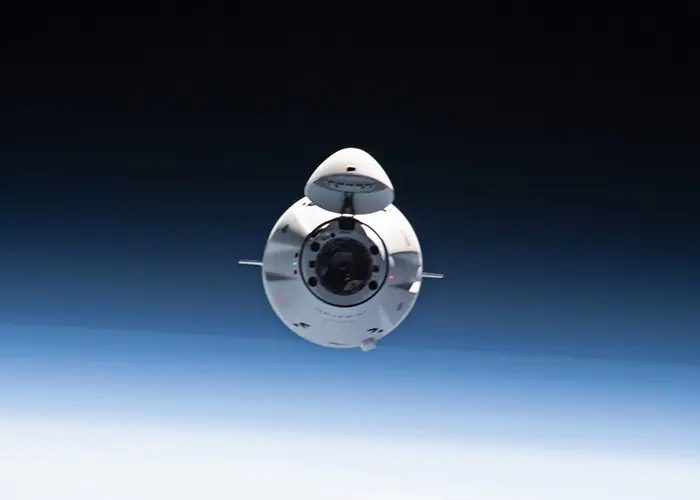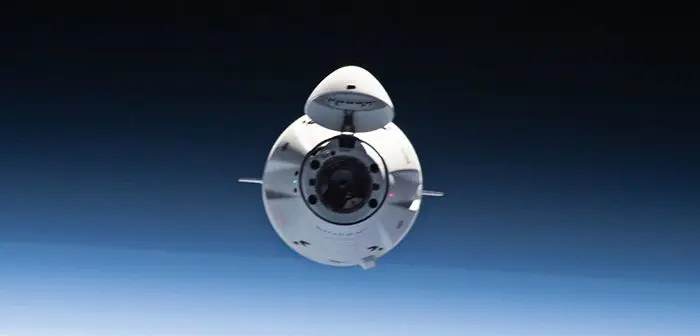
NASA and its international partners are set to receive scientific research samples and hardware after a SpaceX Dragon cargo spacecraft departed the International Space Station on Monday, April 29 (AEDT), weather permitting.
Dragon undocked from the station’s zenith port of the Harmony module shortly after 3.00 a.m. (AEDT) and fired its thrusters to move a safe distance away from the station after receiving a command from ground controllers at SpaceX in Hawthorne, California. NASA has confirmed the successful undocking and start of the journey back to Earth.
The spacecraft arrived at the station on March 23, delivering more than 2.7 tonnes of research investigations, crew supplies, and station hardware after lifting off onboard a SpaceX Falcon 9 rocket from Launch Complex 39A at NASA Kennedy on March 21.
Dragon will bring back to Earth more than 1.8 tonnes of supplies and scientific experiments designed to take advantage of the space station’s microgravity environment.
Scientific hardware and samples returning to Earth include Flawless Space Fibres-1, which produced more than seven miles of optical fibre aboard the space station. The investigation tests new hardware and processes for producing high-quality optical fibres in space.
Other studies include GEARS (Genomic Enumeration of Antibiotic Resistance in Space), which surveys the space station for antibiotic-resistant organisms. Genetic analysis could show how these bacteria adapt to space, providing knowledge that informs measures designed to protect astronauts on future long-duration missions.
Also returning on Dragon is MISSE-18 (Materials International Space Station Experiment-18-NASA), which analyses how exposure to space affects the performance and durability of specific materials and components. MISSE-18 includes coatings, quantum dots, a lunar regolith simulant composite, and other materials.
Additionally, samples from Immune Cell Activation will return to Earth for analysis. The European Space Agency-sponsored experiment seeks to understand whether microgravity influences the incorporation of magnetic nanoparticles into immune and melanoma cells. In this experiment, immune cells were modified with nano-vectors intended to carry therapeutic agents specifically to their target cells.
After re-entering Earth’s atmosphere, the spacecraft will splash down off the coast of Florida, facilitating the quick transportation of the experiments to NASA’s Space Systems Processing Facility at Kennedy Space Center in Florida, allowing researchers to collect data with minimal sample exposure to Earth’s gravity.





